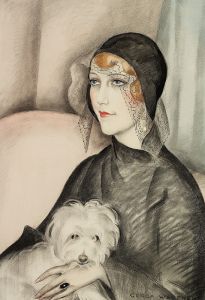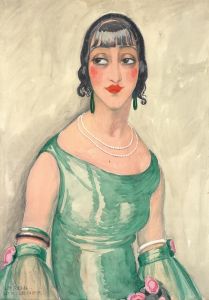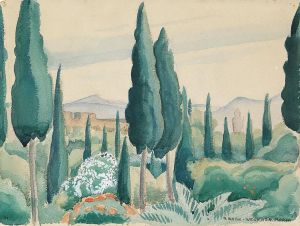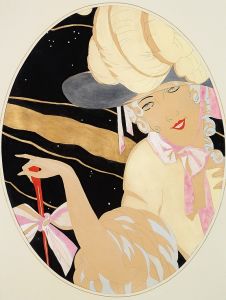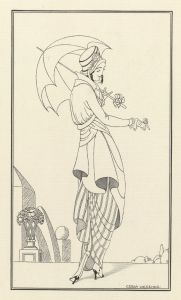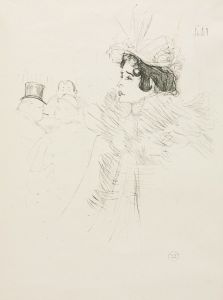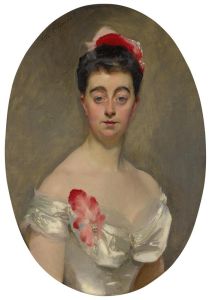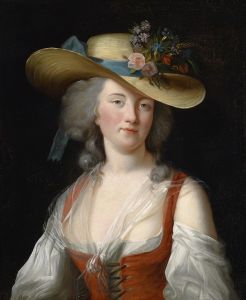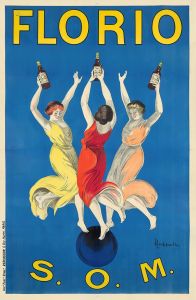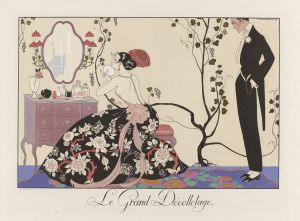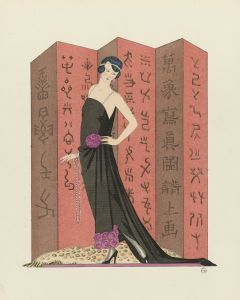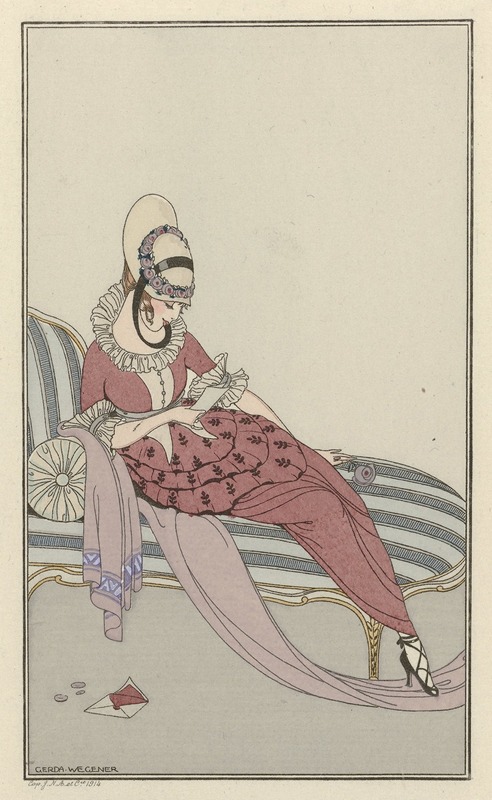
Robe de gabardin
A hand-painted replica of Gerda Wegener’s masterpiece Robe de gabardin, meticulously crafted by professional artists to capture the true essence of the original. Each piece is created with museum-quality canvas and rare mineral pigments, carefully painted by experienced artists with delicate brushstrokes and rich, layered colors to perfectly recreate the texture of the original artwork. Unlike machine-printed reproductions, this hand-painted version brings the painting to life, infused with the artist’s emotions and skill in every stroke. Whether for personal collection or home decoration, it instantly elevates the artistic atmosphere of any space.
Gerda Wegener was a Danish illustrator and painter, renowned for her art deco style and her vibrant, often provocative works. Born on March 15, 1886, in the small town of Hammelev, Denmark, Wegener moved to Copenhagen to study at the Royal Danish Academy of Fine Arts. Her career flourished in the early 20th century, particularly in Paris, where she became a prominent figure in the art scene.
Wegener is best known for her portraits and fashion illustrations, which often featured her spouse, Lili Elbe, one of the first known recipients of gender confirmation surgery. Her work is characterized by its bold use of color, elegant lines, and a playful yet sophisticated approach to the human form and fashion.
"Robe de gabardin" is one of Wegener's many paintings that exemplify her unique style. Although specific details about this particular painting are scarce, it is likely that it features the same elements that define much of Wegener's work: a focus on fashion, femininity, and the exploration of identity. Her paintings often depicted women in stylish, contemporary clothing, capturing the essence of the early 20th-century fashion and lifestyle.
Wegener's art was heavily influenced by the art deco movement, which emphasized glamour, luxury, and modernity. This influence is evident in her use of geometric shapes, rich colors, and attention to detail in clothing and accessories. Her ability to blend these elements with a sense of whimsy and sensuality made her work stand out among her contemporaries.
Throughout her career, Wegener's work was featured in various exhibitions and publications, gaining her recognition in both Europe and the United States. Her illustrations appeared in fashion magazines such as Vogue and La Vie Parisienne, where her depictions of elegant and fashionable women resonated with the audience of the time.
Despite her success, Wegener's work was often overshadowed by her personal life, particularly her relationship with Lili Elbe. The couple's story was later popularized in the book "The Danish Girl" by David Ebershoff, which was adapted into a film in 2015. This renewed interest in their lives also brought attention to Wegener's artistic contributions.
In recent years, there has been a resurgence of interest in Gerda Wegener's work, with exhibitions and retrospectives highlighting her role as a pioneering female artist in a male-dominated field. Her paintings and illustrations continue to be celebrated for their beauty, technical skill, and the way they capture the spirit of an era.
While specific information about "Robe de gabardin" is limited, it can be appreciated as part of Wegener's broader body of work, which remains influential and admired for its artistic and cultural significance.






